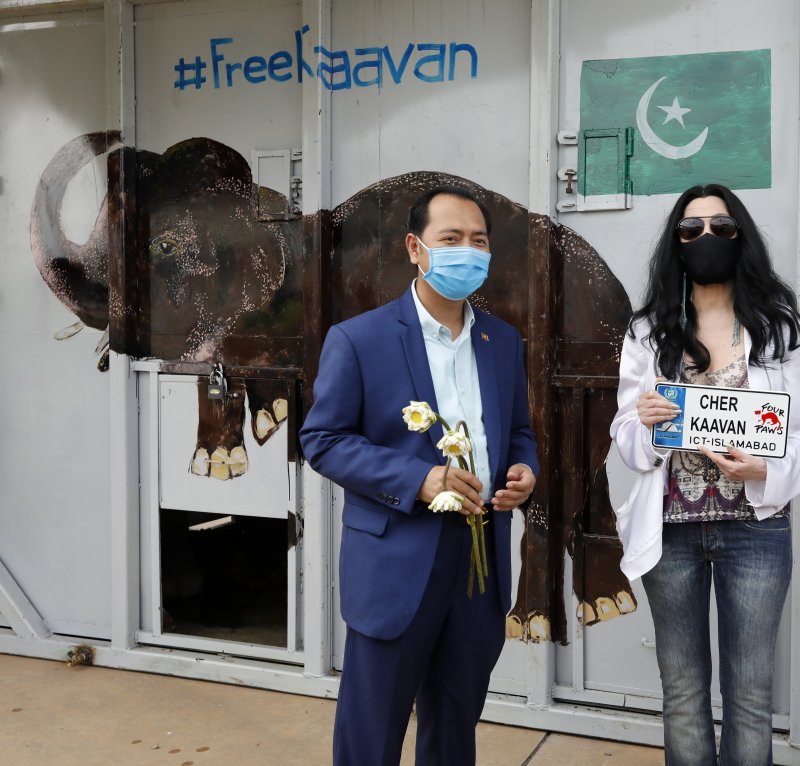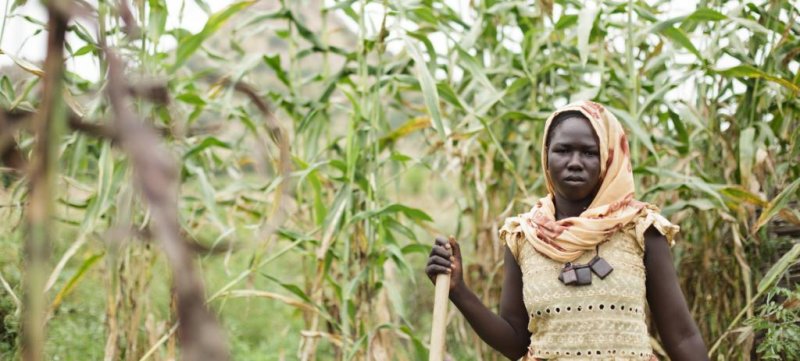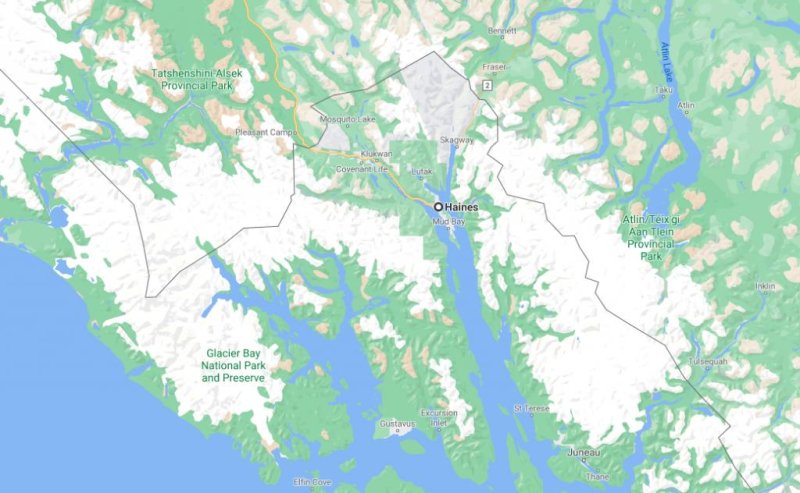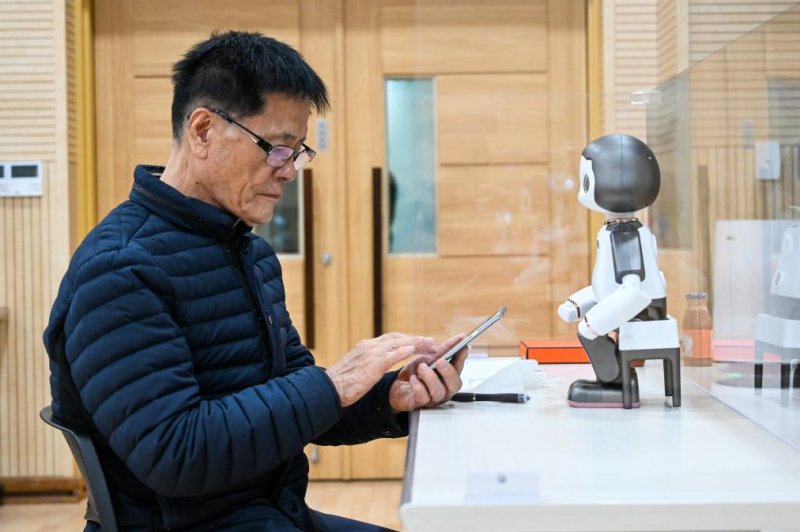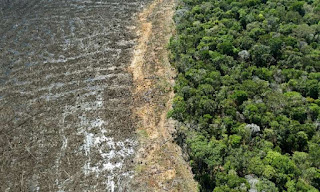Dec. 3 (UPI) -- A silver-colored metal monolith has been discovered in California, shortly after similar monoliths in Utah and Romania were discovered and subsequently removed.
The first metal monolith was discovered by a Utah Department of Public Safety Aero Bureau helicopter crew in a rural area in the southwestern part of the state in late November.
The mysterious landmark became a tourist attraction before being removed days later by a group of men who said they were seeking to stop the influx of visitors from ruining the natural landscape and leaving behind trash.
A very similar structure was spotted on a hill near the Petrodava Dacian Fortress in Romania a few days after the Utah monolith first appeared, and it was removed by an unknown party shortly after the initial sightings.
Witnesses to the California monolith's removal said the culprits were vandals from out of town who replaced the structure with a wooden cross.
The origins of all three objects remain unknown.
LOS ANGELES — Days after the discovery and swift disappearance of two shining metal monoliths half a world apart, another towering structure has popped up, this time at the pinnacle of a trail in Southern California.

Its straight sides and height are similar to one discovered in the Utah desert and another found in Romania. Like those structures, the origin of the California edifice is also mysterious.
It's at the top of a hill in Atascadero, halfway between San Francisco and Los Angeles, KEYT-TV reported Wednesday. The tall, silver structure drew hikers to the area after photos were posted on social media.
Another monolith spotted two weeks ago in Utah's otherworldly red-rock country became a beacon of fascination around the world as it evoked the movie “2001: A Space Odyssey” and drew hundreds of people to the remote spot.
Two extreme sports athletes said they were part of a group that tore down the hollow metal structure because they were worried about the damage the droves of visitors were causing to the relatively untouched spot. Officials said the visitors flattened plants with their cars and left behind human waste.
A structure that appeared last week in Romania is also gone.
The Utah creation evoked famous land-art pieces that dot the West. Robert Smithson’s Spiral Jetty is an earthwork along the Great Salt Lake and Nancy Holt's Sun Tunnels are huge concrete pieces in the desert.
Like those pieces, the monolith was fascinating in part because of its context in the landscape, said Whitney Tassie, a curator of modern and contemporary art at the Utah Museum of Fine Art.
“That’s a big, big part of land art in general is this idea of an experience, of a journey,” she said.
The intense social media reaction to the monolith against the backdrop of the punishing pandemic, along with the quick disappearance of the piece, has become a part of its story, she said. Police have said the dismantling may not be illegal since no one has claimed the structure as their property.
The still-anonymous creator of the Utah monument did not follow steps taken by land artists of the 1970s to secure permission to make their works. Visitation to those remote sites is now managed and overseen to avoid too much stress on the environment. Federal and state officials in Utah had also expressed concern about the area around the monolith being overrun.
“It’s good to think about our relationship with the earth, which is ultimately what these sorts of projects do,” Tassie said. “Man's impact on the environment front and centre."
___
Associated Press writer Lindsay Whitehurst in Salt Lake City contributed to this report.
The Associated Press







